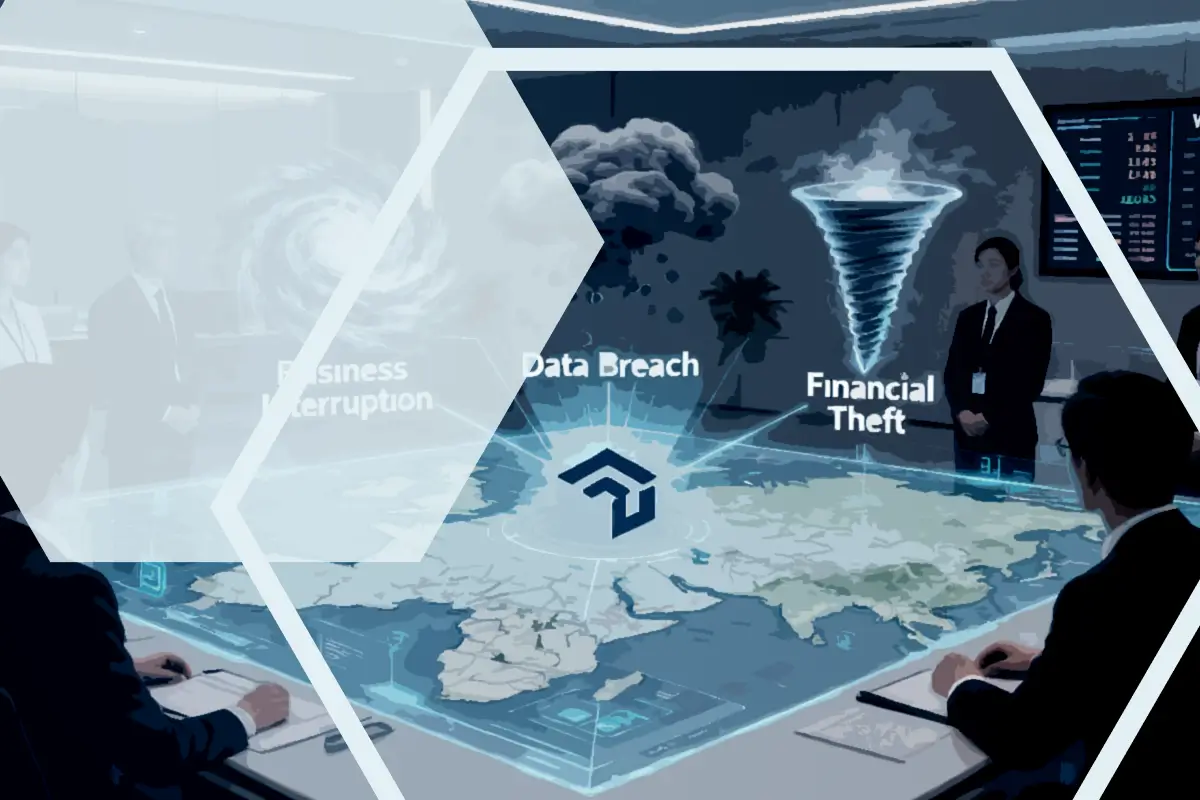Cyber risk quantification is an essential process for Chief Information Security Officers (CISOs) who are responsible for protecting their organization's data and digital assets from cyber threats. However, this process is not without its challenges. In this article, we will discuss the top three challenges that CISOs face when it comes to cyber risk quantification and how Squalify helps to tackle them.
1. Lack of Standardization
One of the most significant challenges for CISOs when it comes to cyber risk quantification is the lack of standardization in the process. There is no universal framework or standard for quantifying cyber risk, which means that each organization has to develop its own approach. This can lead to inconsistencies and difficulties when it comes to comparing and benchmarking risks across different organizations.
To address this challenge Squalify has developed a standardized approach to cyber risk quantification by providing a repeatable top-down quantification approach based on industry standards. This involves creating a common language and framework for measuring and communicating cyber risks, which enables more effective collaboration and information sharing between organizations.
2. Complexity of Data
Another challenge for CISOs in cyber risk quantification is the complexity of the data involved. There are numerous sources of data that need to be considered, such as historical threat data, vulnerability assessments, and system logs. Furthermore, this data is often complex and difficult to analyze, making it challenging to develop accurate risk assessments.
To address this challenge Squalify has introduced an expert-driven and data-backed model. The platform is built on exposure and loss data from the insurance industry, as well as expert knowledge regarding financial damages from cyber incidents. Because there haven't been enough major cyber losses to develop a traditional correlation model based on hundreds of thousands of exposure and loss data points, any cyber prediction model needs to compensate for missing data points using expert judgment. This means that the majority of the more than 800 model parameters are established through expert judgment using Munich Re's proprietary data.
3. Lack of Executive Buy-In
A third challenge for CISOs in cyber risk quantification is the lack of executive buy-in. Quantifying cyber risk can be a complex and time-consuming process, and some executives may not fully understand the value and importance of this activity. As a result, CISOs may struggle to secure the necessary resources and funding to develop an effective cyber risk quantification program.
To address this challenge Squalify helps its clients to develop a clear and compelling business case for cyber risk quantification. This involves highlighting the potential financial, operational, and reputational risks that the organization faces from cyber threats and demonstrating how a cyber risk quantification program can help to mitigate these risks.
In conclusion, cyber risk quantification is a critical process for CISOs, but it is not without its challenges. To address these challenges, CISOs need to work with industry peers and experts to develop a standardized approach to cyber risk quantification, invest in advanced analytics tools and technologies, and develop a clear and compelling business case for the importance of this activity. By overcoming these challenges, CISOs can develop an effective cyber risk quantification program that can help to protect their organization from cyber threats.









